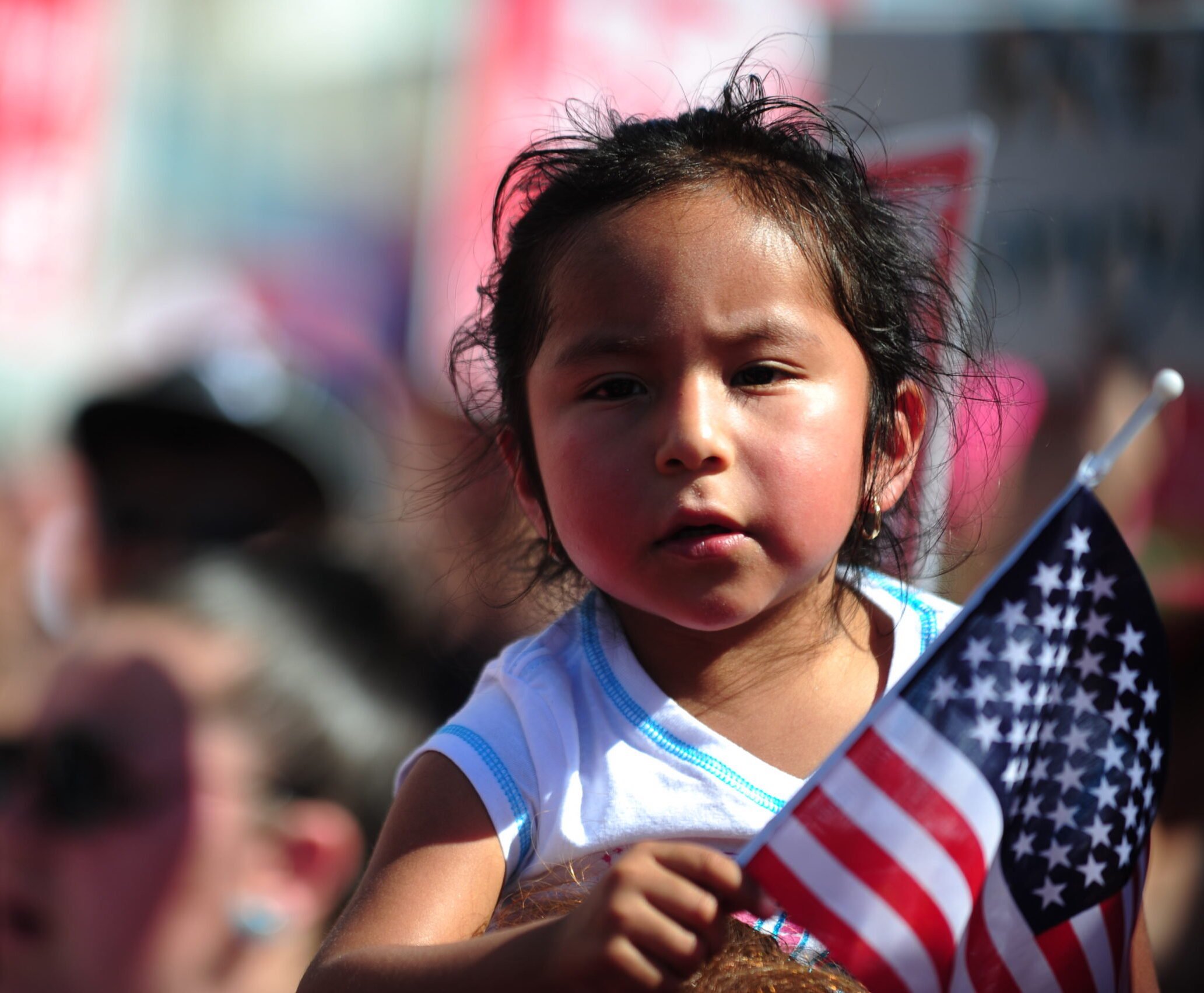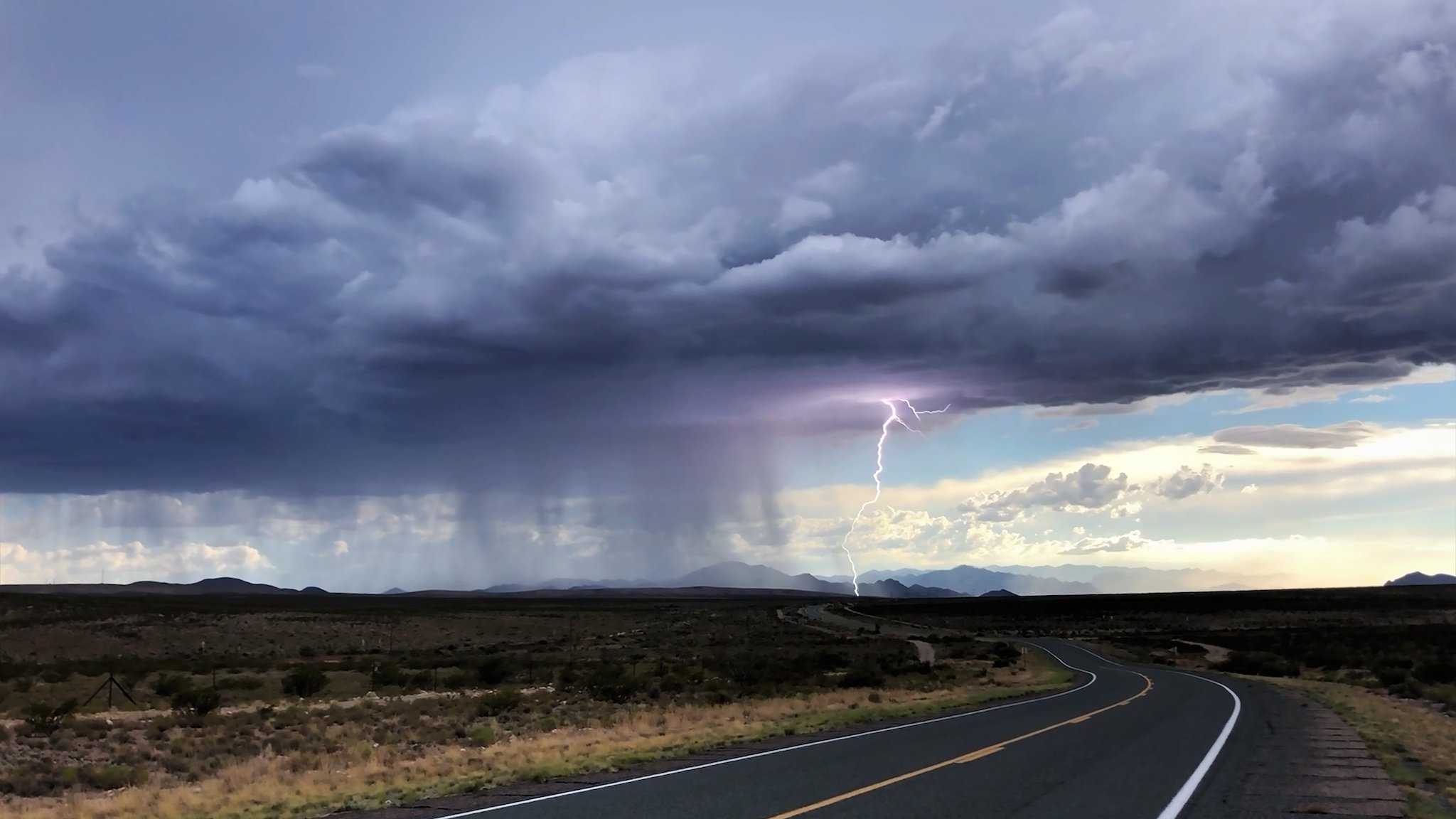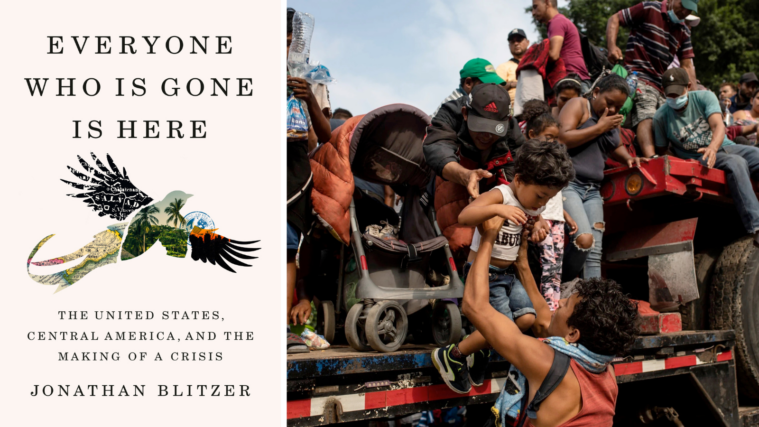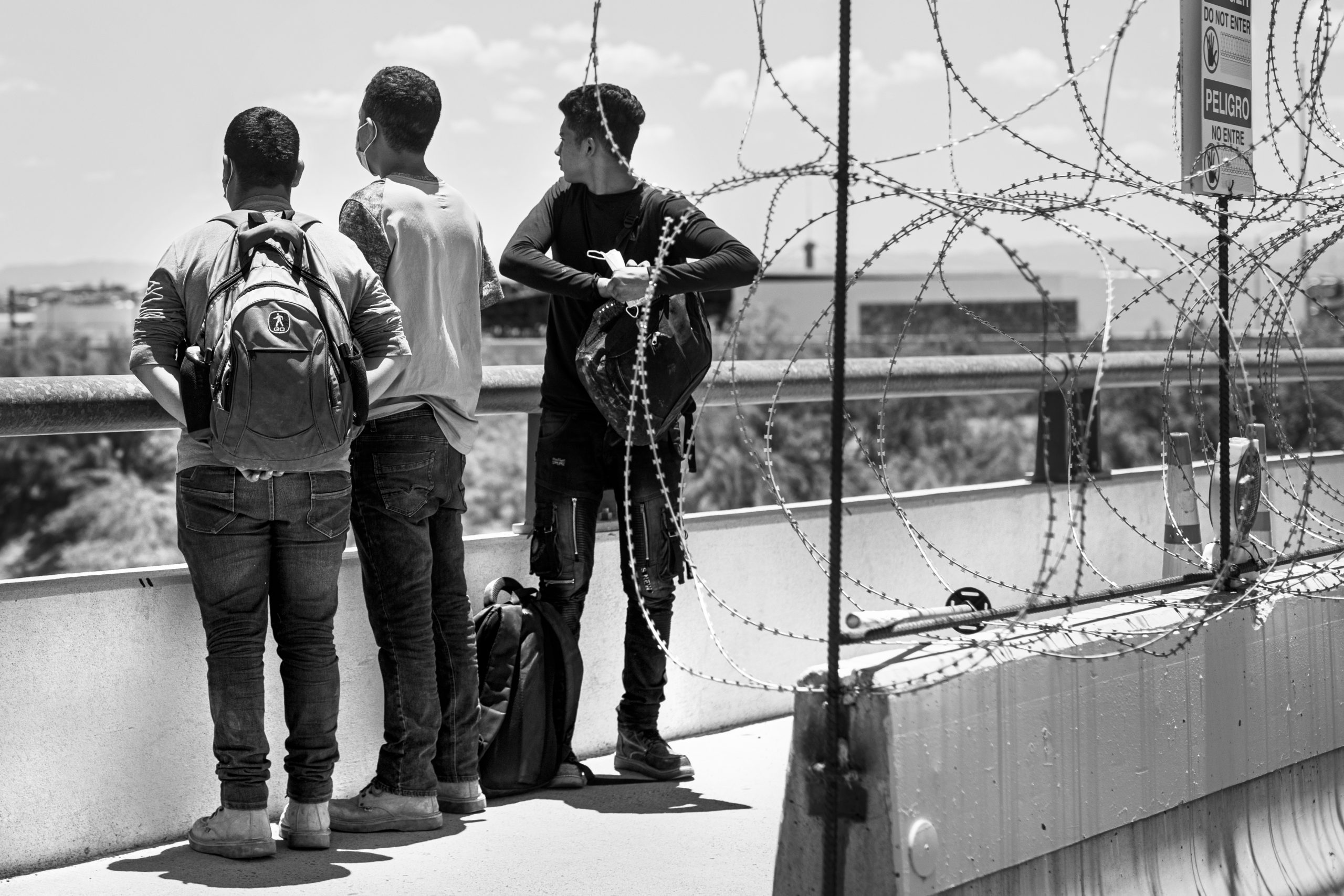
Undocumented Immigrants Continue to Be Expelled From the U.S. Under Title 42 COVID-19 Measures
The Trump-era public health order was issued by the Center for Disease Control and Prevention in 2020 and calls for rapid expulsion of migrants and asylum seekers without the right to trial, citing COVID-19.
This story was originally published by The Big Bend Sentinel.
When Alejandro left Honduras on April 15, it was out of desperation. Dire economic conditions in his country had left the 25-year-old migrant unable to afford medical treatment for his 18-month-old daughter who was born with a clubfoot.
“In Honduras there’s no work, and when you do find work, you can only earn up to $500 a month,” he told The Big Bend Sentinel. “It’s a really difficult journey, but you make the effort.”
Hoping to make a better living, Alejandro made the risky and difficult decision to travel to Mexico with his nephew and sister-in-law back in April, crossing the border around Ojinaga to enter Texas. The arduous journey took over two months from the time they left Honduras. This involved paying someone to provide them instructions on how to cross the river and provide them with directions to the city.
Alejandro — whose last name The Big Bend Sentinel is withholding— is one of tens of thousands of undocumented immigrants who has been expelled from the United States under Title 42 of the Public Health Safety Act since March of last year. The Trump-era public health order was issued by the Center for Disease Control and Prevention in 2020 and calls for rapid expulsion of migrants and asylum seekers without the right to trial, citing COVID-19.
It has continued under President Biden’s administration, which now accounts for 463,182 expulsions this year. For migrants like Alejandro, this represents yet another hurdle in the search for personal and financial security.
“Visas for Honduran immigrants like myself are not approved,” he said. “I imagined being able to cross successfully and find work.”
According to an annual government report, only 22 Honduran immigrants received work visas of any kind in 2020. That number was only 28 in 2019, before COVID made travel more difficult. However, the U.S. Customs and Border Patrol apprehended and expelled more than 40,000 Hondurans last year. Rampant gang violence, as well as widespread poverty caused by climate change and shifting economic tides, are often catalysts for the immigration of Hondurans into the United States.
In the past two months, Alejandro twice attempted to cross into the U.S. and both times was apprehended by Border Patrol. The first time was in late May, when the group had spent four days and nights travelling the Chihuahuan Desert before getting intercepted on Pinto Canyon Road. According to Alejandro, they didn’t resist, and were taken to a “freezing” cell for around three hours before being returned to Mexico. While he doesn’t remember the exact date, he says this incident took place in late May.
“The first time is ugly. You feel disillusioned,” he said, before clarifying, “They were very respectful and professional throughout the entire ordeal … We know it’s their job.”
The second expulsion occurred on Thursday, June 17, approximately 20 days after the first. This time, the group got lost travelling across the desert for two days and nights with no water to hydrate. After nearly going unconscious, Alejandro thought he was going to die, until a fellow migrant gave him some of his own supply. Eventually, the group was apprehended on the road to Marfa. Border Patrol gave the starving group food and water, and had them repeat the detainment process again.
“I wanted Border Patrol to catch me, to be quite honest,” he said. “I had never in my life undergone that sort of experience. The anxiety and agony of watching the day go by — walking and walking insatiably and not finding a way out through someone who could save us, had us beat.”
Alejandro’s second expulsion occurred last Thursday at the Presidio Port of Entry. In the mid-afternoon, Alejandro stood on the bridge’s sidewalk, wearing a backpack and looking somewhat aimless. A marked transport vehicle carrying around 10 more migrants from the Presidio Border Patrol Station had stopped in the middle of the bridge, about 100 feet away from Mexico.
One Border Patrol agent got out of the van. He had a list of all of the names, ages and countries of origin of the undocumented immigrants he was transporting. Most of them were from Guatemala, Honduras and El Salvador. They ranged from ages 17 to 42.
Very few words were exchanged between the agents and migrants. After getting them out of the van and lining them up by the sidewalk, the agent had the migrants search for their belongings among “evidence bags” that sat on the sidewalk. These contained cell phones, spare clothes, toiletries and other possessions the migrants had brought on their journey to the United States.
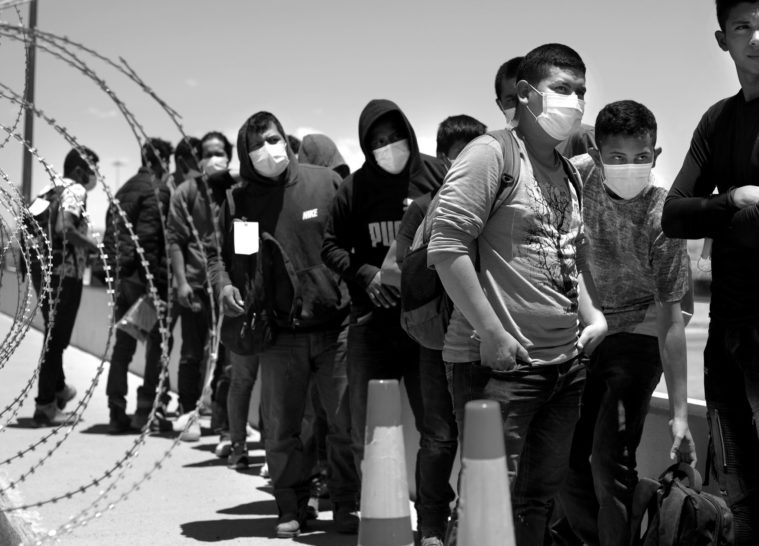
Then he told them in Spanish to walk across the bridge into Mexico and pointed toward Ojinaga. The van then turned around on the bridge and headed back to the Presidio Border Patrol station.
All of the undocumented immigrants crossed immediately, except a man and his nephew, who was underaged. Mexico changed their border policy back in February, so as to not accept families with children who were expelled from the United States. The pair was eventually cleared to go to Mexico, and slowly walked in the direction that had been indicated to them.
According to one Border Patrol agent, this trip typically occurs 12 times a day. When asked what Mexican authorities do with immigrants like Alejandro once they cross over, he answered, “I don’t know what they do with them, but I know they come back.”
Now in Ojinaga, Alejandro hopes to return back to Honduras, to continue supporting his family however he can.
“If God allows, I’ll be back [home] soon,” he said. “I need to start over with my family and work with whatever employment I find in Honduras.”
He also says he doesn’t plan on returning as an undocumented immigrant, but would consider coming back to the United States legally if he could — although he doesn’t see the latter option as feasible because of the low rate of visa approvals.
Meanwhile, Title 42 continues to be a contentious topic of debate in Washington, with the increase in vaccinations leading many critics to question the ethics of expulsion without trial. Although President Biden has reportedly been briefed on a plan to end migrant family expulsion, it remains to be seen whether the plan goes into effect.
For Alejandro the trip had been a personal decision, and not one motivated by the politics of our current or previous administration.
“You endure [disadvantages] in your country, but when you no longer can, and you find yourself economically, financially drained, you take the risk of making the trip,” he said. “That’s where the decision to make the journey comes from, most of all.”
Additional reporting by Sachi McClendon
